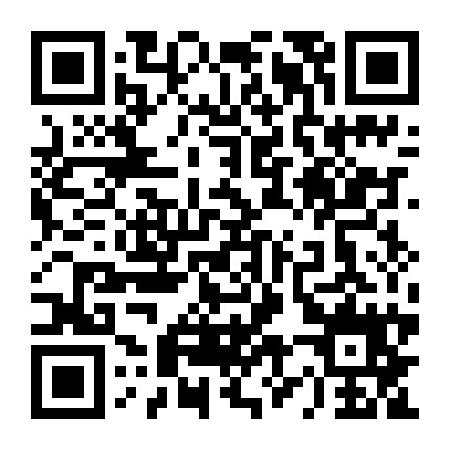天干地支是中国历法中用以记录和命名年岁的方法。十天干为:甲、乙、丙、丁、戊、已、庚、辛、壬、癸;十二地支为:子、丑、寅、卯、辰、巳、午、未、申、酉、戊、亥。古人观测朔望月,发现月亮圆缺12次大体上是一年的天数,而两个朔望月约是60天。古人以十天干与十二地支的顺序依次相配,记录不同年份,60年为一个轮回。干支纪年法从古沿用至今。按干支纪年法,2011年便是辛卯年。
【参考译文】
The Chinese era is the symbol that the Chinese calendar uses for recording and naming years. The ten Heavenly Stems are: jia, yi, bing, ding, wu, ji, geng, xin, ren, gui. The twelve Earthly Branches are: zi.chou, yin, mou, chen, si, wu, wei, shen, you, xu, hai. After observing the lunar month, the ancients found that the moon always wazes and wanes roughly 12 times a year, and two lunar months account for about 60 days, so the order of the ten Heavenly Stems and the order of the twelve Earthly Branches are properly matched in turn. In terms of recording date, 60 years is considered to be a full time cycle. The Chinese era chronology was first invented in ancient times and is still in use now. according to the chronology of the “ten Heavenly Stems,” 2011 is the year of “the seventh of the ten Heavenly Stems” and “ the fifth of the twelve Earthly Branches”.
考博必备!历年真题及答案
考博精品好课,就选新东方!
本文关键字: 考博英语

 资料下载
资料下载
【必看】考博英语词汇10000例精解
发布时间:2020-09-02关注新东方在线服务号
回复【10000】免费获取
医学考博英语作文核心基础词汇整理
发布时间:2020-04-15关注新东方在线服务号
回复【医学考博】获取
医学考博英语阅读理解练习资料
发布时间:2020-04-15关注新东方在线服务号
回复【医学考博】获取
法学考博英语高频词汇word版
发布时间:2020-04-15关注新东方在线服务号
回复【医学考博】获取
医学博士英语统考真题及解析
发布时间:2019-12-26关注新东方在线服务号
回复【考博真题】获取
全国医学博士外语统一考试真题
发布时间:2019-12-26关注新东方在线服务号
回复【考博真题】获取
中科院考博英语复习备考实战经验分享
发布时间:2019-12-26关注新东方在线服务号
回复【考博经验】获取
中科院考博英语真题练习资料
发布时间:2019-12-26关注新东方在线服务号
回复【考博真题】获取

关注新东方在线服务号
关注新东方在线服务号,
免费获取考博必看干货资料

 推荐阅读
推荐阅读
考博英语写作类型:对立观点式 考博英语是考博中重点考察的科目,想要更好的拿到高分成绩,对于同学来说,大家在实际的备考中,需要更
来源 : 网络 2025-05-14 17:39:10 关键字 : 考博英语写作
考博英语写作类型:反面话题 考博英语是考博中重点考察的科目,想要更好的拿到高分成绩,对于同学来说,大家在实际的备考中,需要更全面
来源 : 网络 2025-05-14 17:38:50 关键字 : 考博英语
考博英语写作类型:反面现象批评型 考博英语是考博中重点考察的科目,想要更好的拿到高分成绩,对于同学来说,大家在实际的备考中,需
来源 : 网络 2025-05-14 17:37:56 关键字 : 考博英语
考博英语写作类型:不同观点列举型 考博英语是考博中重点考察的科目,想要更好的拿到高分成绩,对于同学来说,大家在实际的备考中,需
来源 : 网络 2025-05-14 17:37:35 关键字 : 考博英语
考博英语写作类型:阐述主题型 考博英语是考博中重点考察的科目,想要更好的拿到高分成绩,对于同学来说,大家在实际的备考中,需要更
来源 : 网络 2025-05-14 17:37:17 关键字 : 考博英语写作类型


 考博好课推荐
考博好课推荐
基础薄弱,备考迷茫,送纸质资料
价格 : ¥2280元
资深教师,教学简明,直接有效!
价格 : 0元
 资料下载
资料下载
关注新东方在线服务号
回复【10000】免费获取
关注新东方在线服务号
回复【医学考博】获取
关注新东方在线服务号
回复【医学考博】获取
关注新东方在线服务号
回复【医学考博】获取
关注新东方在线服务号
回复【考博真题】获取
关注新东方在线服务号
回复【考博真题】获取
关注新东方在线服务号
回复【考博经验】获取
关注新东方在线服务号
回复【考博真题】获取

 阅读排行榜
阅读排行榜
 相关内容
相关内容